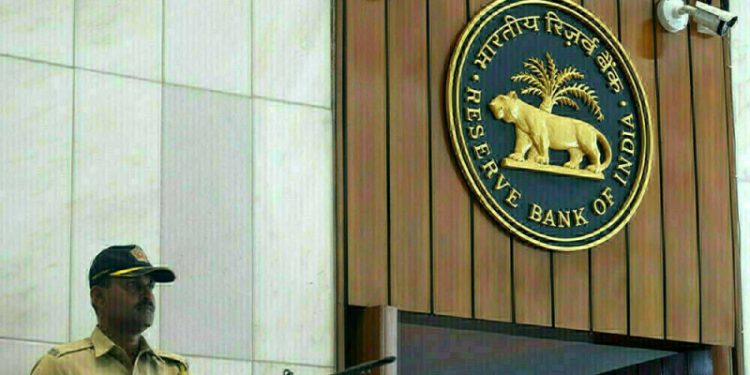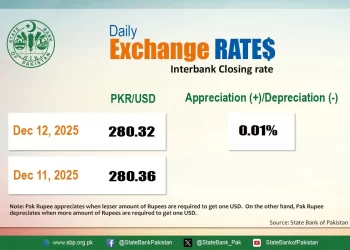MUMBAI: The Reserve Bank of India (RBI) cut its key repo rate on Wednesday for a second consecutive time and changed its monetary policy stance to “accommodative” from “neutral” to boost the sluggish economy, which is facing further pressure from U.S. tariffs.
As expected, the Monetary Policy Committee (MPC), which consists of three RBI and three external members, cut the repo rate by 25 basis points to 6.00%. It started reducing rates with a quarter-point reduction in February, its first cut since May 2020.
All six MPC members voted to cut the repo rate.
Tariff measures announced by the U.S. have exacerbated uncertainties, RBI Governor Sanjay Malhotra said in his statement.
In India, growth is improving but remains lower than what we aspire for, Malhotra said, adding that the inflation outlook is benign.
The change in the policy stance means the MPC is considering only two options, either a status quo or a rate cut, and the stance does not directly link to liquidity conditions, he said.
China, India should stand together in face of U.S. tariffs, says Chinese Embassy in India
India’s benchmark 10-year bond yield was marginally lower at 6.50% after the announcement, against 6.51% before the announcement, while the rupee was a tad down at 86.61 from 86.58 pre-policy. The benchmark equity indexes were down around 0.3% each.
The new U.S. tariffs on India threaten the central bank’s GDP growth estimate of 6.7% for 2025-26 and the government’s economic survey forecast of 6.3%-6.8%.
Inflation, on the other hand, dropped to 3.6% in February, below the central bank’s target of 4%, and is seen holding around those levels, giving policymakers more manoeuvring room.
MUMBAI: The Reserve Bank of India (RBI) cut its key repo rate on Wednesday for a second consecutive time and changed its monetary policy stance to “accommodative” from “neutral” to boost the sluggish economy, which is facing further pressure from U.S. tariffs.
As expected, the Monetary Policy Committee (MPC), which consists of three RBI and three external members, cut the repo rate by 25 basis points to 6.00%. It started reducing rates with a quarter-point reduction in February, its first cut since May 2020.
All six MPC members voted to cut the repo rate.
Tariff measures announced by the U.S. have exacerbated uncertainties, RBI Governor Sanjay Malhotra said in his statement.
In India, growth is improving but remains lower than what we aspire for, Malhotra said, adding that the inflation outlook is benign.
The change in the policy stance means the MPC is considering only two options, either a status quo or a rate cut, and the stance does not directly link to liquidity conditions, he said.
China, India should stand together in face of U.S. tariffs, says Chinese Embassy in India
India’s benchmark 10-year bond yield was marginally lower at 6.50% after the announcement, against 6.51% before the announcement, while the rupee was a tad down at 86.61 from 86.58 pre-policy. The benchmark equity indexes were down around 0.3% each.
The new U.S. tariffs on India threaten the central bank’s GDP growth estimate of 6.7% for 2025-26 and the government’s economic survey forecast of 6.3%-6.8%.
Inflation, on the other hand, dropped to 3.6% in February, below the central bank’s target of 4%, and is seen holding around those levels, giving policymakers more manoeuvring room.









